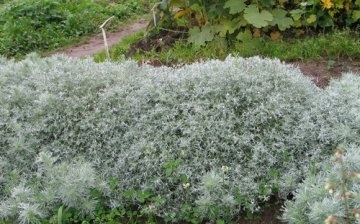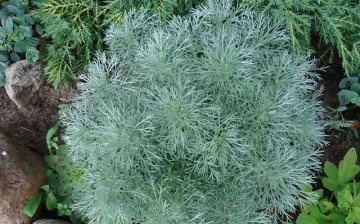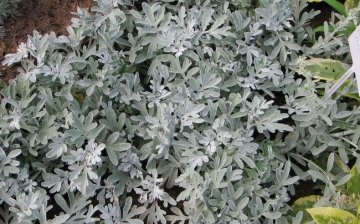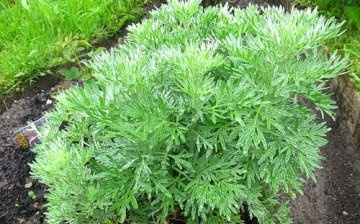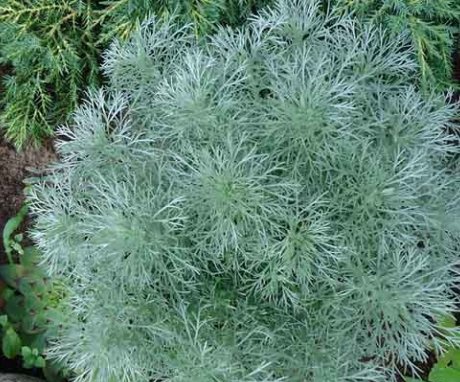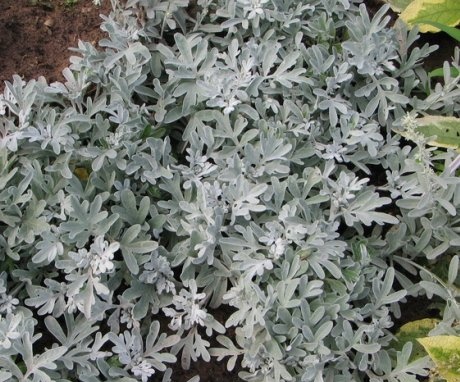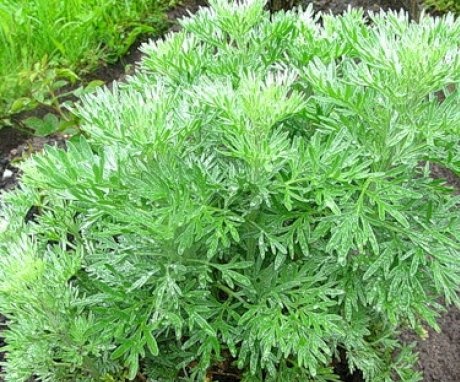Decorative wormwood - a simple but effective garden decoration
Probably, there is no person in the world who has not heard about wormwood. This herbaceous shrub grows on wastelands, in dry open meadows, on roadsides. Wormwood is a fairly viable plant, resistant to temperature extremes. Previously, it was considered a weed, so decorative use was out of the question. Today, gardeners' ideas about wormwood have changed, it is actively used in gardening.
Content:
- Sagebrush. Description and types
- Care and reproduction of decorative wormwood
- The use of decorative wormwood
Sagebrush. Description and types
Wormwood is a shrub that grows in temperate climates, has a tart odor and medicinal properties. She is unpretentious, grows in any conditions. Its thick woody root sits very tightly in the ground. Shrubs of various types of wormwood grow in height from 20 to 150 cm. The stem of the plant is straight, the leaves are feathery. The wormwood bush has a slightly whitish color, sometimes it seems that the plant is silvery in the light. Wormwood blooms with small yellow flowers, which are collected in inflorescences.
This curious plant belongs to the Astrov family and has more than 400 species. Basically, wormwood bushes grow for many years, but sometimes you can find plants that live only 1-2 years. All types of wormwood are mainly divided into decorative, used in landscaping, fodder and medicinal herbs, weeds. There are types that are used in the perfume industry.
Widely known for its medicinal properties wormwood... The well-known absinthe is made on its basis. There is tarragon wormwood, which is used in cooking as a seasoning for meat, a spice for pickling and preservation. Artemisia officinalis smells like lemon and perfectly protects clothes from moths.
In garden plots, decorative wormwood is grown, which is of low and tall varieties. Of the low-growing varieties, Schmidt and Steller's wormwood is popular, about 20-25 cm high.Of tall gardeners, they prefer milky-flowered wormwood, which grows up to 150 cm, has characteristic gray-green leaves and blooms with white, strong-smelling flowers.
Care and reproduction of decorative wormwood
Decorative wormwood is remarkable for the fact that it does not require special care. It can be grown absolutely calmly both in the open scorching sun, and in those areas where the ground is very frozen. The soil prefers light, well-permeable water, preferably neutral. In heavy waterlogged soil, wormwood will not take root, its roots will rot.
The shrub is drought-resistant, so it does not require frequent watering. If the summer is too dry, then you can moisturize soil... In order for the bush to develop well, you can fertilize the soil with compost in the spring.
Gardeners recommend pruning flower stalks from decorative species. It is believed that such pruning will preserve decorative qualities.
Wormwood is not susceptible to diseases and pests. But in case of humid and warm weather, the leaves of the bush may become covered with dark spots. it powdery mildew... In this case, it is treated with a fungicide.
The plant perfectly tolerates winter frosts, so there is no need to arrange shelters.
Wormwood propagates by seeds, dividing the bush, rhizome segments and cuttings. The division of the bushes is carried out in the fall. The separated parts are immediately planted in a new place.If you decide to propagate wormwood by cuttings, it is better to do it at the end of May.
The most suitable for cuttings are shoots 7-10 cm long.
They are planted in boxes with loose sandy soil, and a year later - in open ground. When propagated by seeds, they are sown in greenhouses in the month of April. When the sprouts reach a height of 7-9 cm, they dive into pots of 1-3 pieces.
The use of decorative wormwood
Due to its varied color, from green to gray, from silvery blue to almost white, ornamental wormwood is often used as a decoration for a garden plot. It is added to dry bouquets and is combined with many plants.
To decorate the borders, create alpine slides, use low-growing types of decorative wormwood. But tall species are more suitable for creating flower beds. If you plant wormwood between currant bushes, this will protect the leaves currants from rust.
Gardeners love to use the decorative properties of wormwood because of its silvery carved leaves, which, in combination with different colors, make the composition light and unusually beautiful. Throughout the summer, wormwood shrubs adorn the garden. Compositions of various heights can be made of them, since wormwood is absolutely loyal to cutting branches.
Wormwood feels great next to roses of various shades. The plant looks beautiful in combination with the Thunberg barberry, heycheroi small-flowered, as well as next to ornamental cereals.
This simple, unpretentious plant will become a real decoration of your garden. For many years, a wormwood shrub can grow in one place. Due to its long roots, it is able to move around the garden, so it is better to use it in compositions without clear boundaries.



